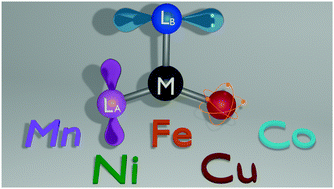Strategies and mechanisms of metal–ligand cooperativity in first-row transition metal complex catalysts
Abstract
The use of metal–ligand cooperation (MLC) by transition metal bifunctional catalysts has emerged at the forefront of homogeneous catalysis science. Specially designed ligands can serve a Lewis base or Lewis acid function, as an aromatization/dearomatization shuttle, or as an electron reservoir with reversible redox activity. This review encapsulates advances that have been made in this field over the last ten years, focusing exclusively on first-row transition metals, and highlighting significant contributions to mechanistic understanding.



 Please wait while we load your content...
Please wait while we load your content...